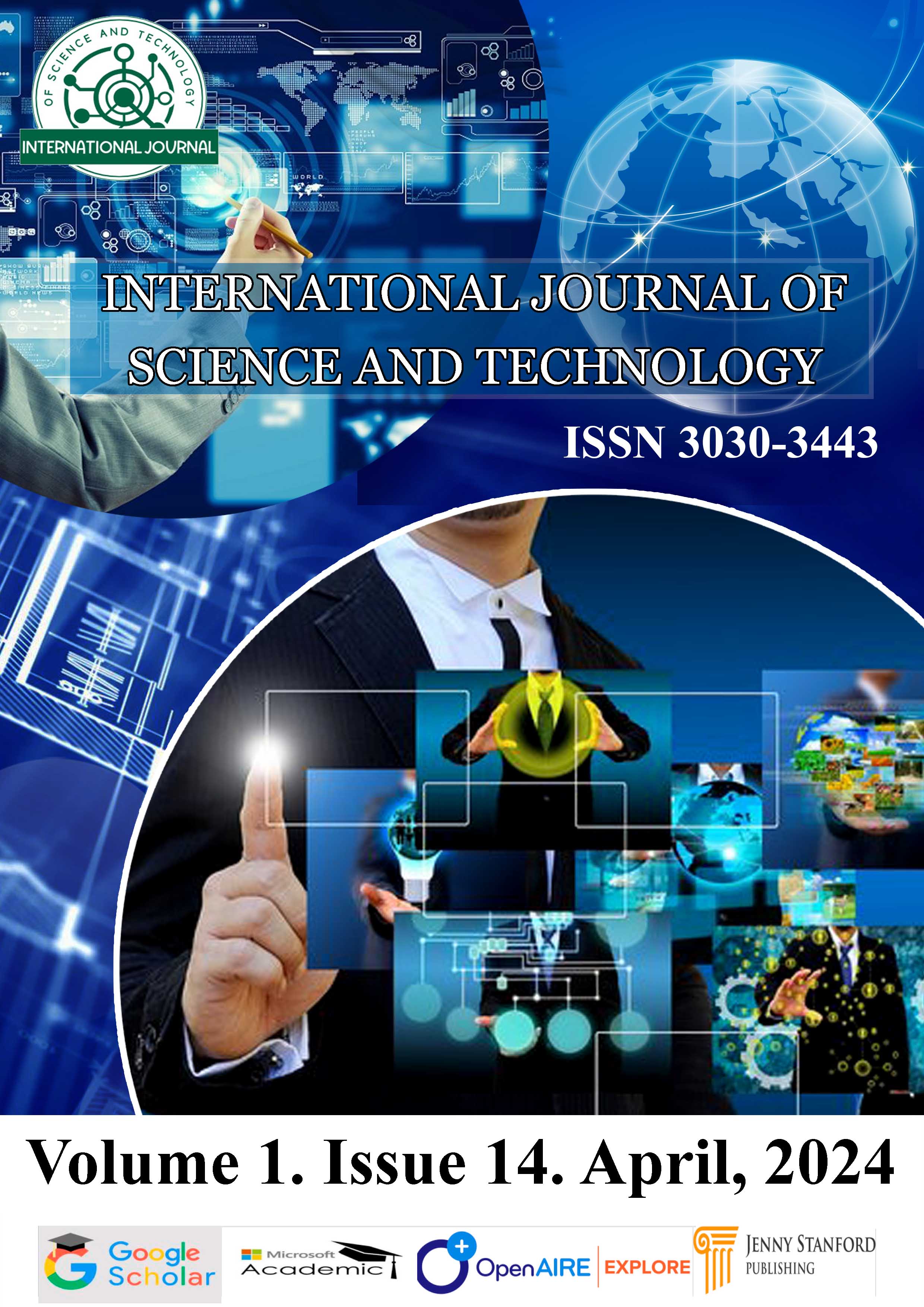THE DIFFERENCE IN THE SCOPE OF THE CONCEPT OF "WOMAN" IN RUSSIAN, ENGLISH AND KARAKALPAK LANGUAGES
DOI:
https://doi.org/10.1808/v3n92175Keywords:
woman, concept, linguoculturology, linguocognitology, linguoconceptology, image of a woman, fiction.Abstract
The article presents a detailed analysis of the concept of "woman" in Russian, English and Karakalpak languages. A complete nominative paradigm of words is given, where all zones are characterized. Illustrative examples of the concept's use in multilingual languages, in particular, Russian, English and Karakalpak languages, are given. Based on the data obtained, a conclusion is made about the different place of a woman in the cognitive space of native speakers of Russian, English and Karakalpak languages.
References
Maslova V. A. Cognitive linguistics. Minsk.Tetra Systems,2004. P. 27, 49..
Kolesov V. V. Concept culture: Obraz-Ponyatie-Symbol / / Vestnik St. Petersburg University, 1992. Series 2. – Release. 3. – № 16. – P. 30-40.
Stepanov Yu. S. Constant. Russian culture. - M.: Russian language culture, 1997. – 824 p.
Kozlova I. E. National specifics of the language as an object of linguistic research / / actual problems russian: pod Ed. T. A. Demeshkinoy. - Tomsk: Publish Tom. in UN, 2000. – P. 59-65.
Artyunova N. D. language and the world of people. M. 1993.P. 3.
Karakalpak Proverbs-Nukus "Karakalpakstan" 1995
Zafarjon o‘g‘li, Muydinov Muhammadzoir. "SHOYIM BO ‘TAYEV HIKOYALARIDA XARAKTERLAR TASVIRI." Konferensiyalar| Conferences. Vol. 1. No. 4. 2024.
Zafarjon o'g'li, Muydinov Muhammadzoir. "ANVAR OBIDJON ASARLARINING NASRIY POETIKASI." (2023).
Zafarjon o'g'li, Muydinov Muhammadzoir. "ANVAR OBIDJONNING IJOD LABARATORIYASINING SHAKLLANISHIGA BIR NAZAR." (2023).





